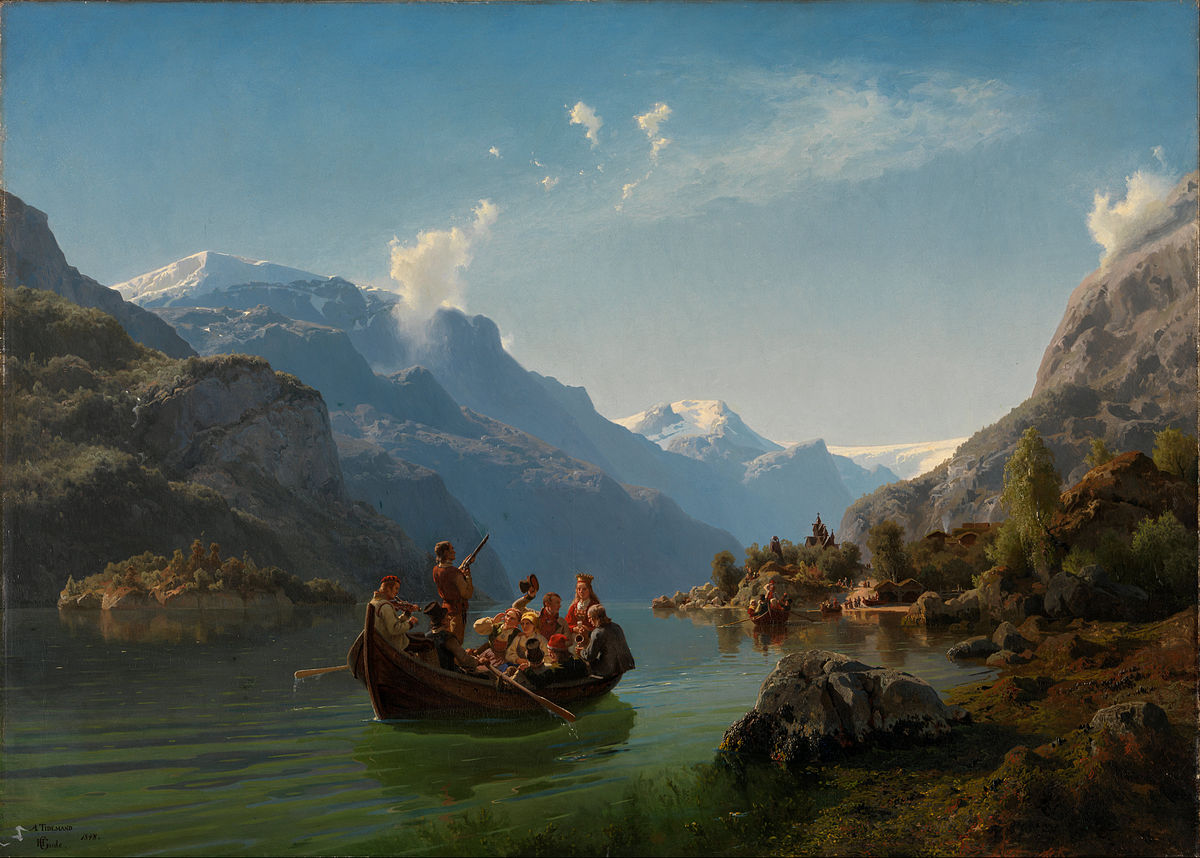
What was the Romanticism movement?
The Romanticism movement was an important cultural and artistic movement that occurred mainly in the 19th century, covering different areas such as literature, music, painting and even politics. It emerged in Europe and spread throughout the world, leaving a lasting impact on culture and the way people perceive art.
Romanticism emerged as a reaction to the Enlightenment and the rationalism prevalent in the 18th century. While the Enlightenment emphasized reason, logic and science, Romanticism highlighted emotion, imagination, individualism and the appreciation of nature. Romantic artists sought to express human subjectivity, explore the inner world and convey intense feelings through their works.
In literature, romantic writers often addressed themes such as love, passion, death, melancholy, and rebellion against established society. They valued creative freedom and originality, seeking to convey intense emotions and describe the human experience in a deeper and more personal way. Some of the best-known romantic writers include Johann Wolfgang von Goethe, Victor Hugo, William Wordsworth, Lord Byron, and Edgar Allan Poe.
In music, Romanticism brought significant changes, with composers exploring new forms of musical expression and evoking intense emotions in their compositions. They valued individuality and personal expression, incorporating elements such as drama, grandeur and nationalism in their pieces. Composers such as Ludwig van Beethoven, Franz Schubert, Frederic Chopin and Richard Wagner are considered important representatives of the romantic period in music.
In painting, Romantic artists sought to portray impressive landscapes, historical scenes and mythological themes. They valued imagination and emotion, using vibrant colors and expressive brushstrokes to convey feelings and create dramatic atmospheres. Caspar David Friedrich, William Turner and Eugène Delacroix are examples of renowned romantic painters.
The Romanticism movement had a lasting impact on Western culture and influenced subsequent generations of artists. His ideals of individuality, emotion and personal expression continue to resonate today.
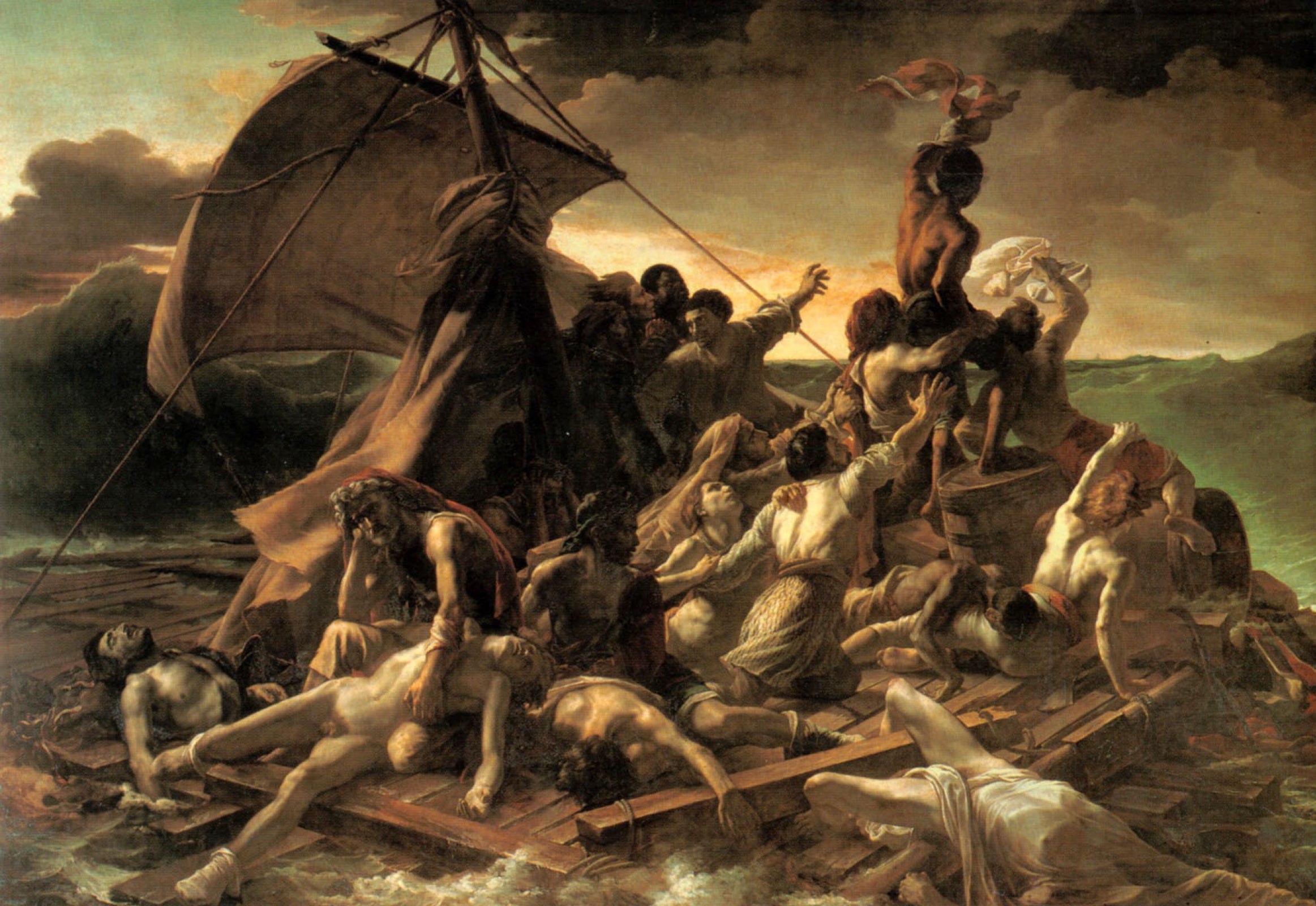
How did the Romanticism movement emerge?
The emergence of the Romanticism movement was a gradual process that occurred at the end of the 18th century and beginning of the 19th century, in response to a series of social, political and cultural transformations at the time.
One of the key influences was the Industrial Revolution, which brought radical changes to society and the economy. Industrialization led to the growth of cities, the emergence of the urban working class and the alienation of the individual from nature and artisanal work. This transformation awakened a feeling of nostalgia for rural life, the past and lost simplicity, fueling the search for a deeper connection with nature and an appreciation of emotions.
Furthermore, the Enlightenment movement of the 18th century, with its emphasis on reason, scientific progress and the search for order and logic, ended up creating a counter reaction. Many artists and intellectuals began to question the principles of the Enlightenment, feeling that it neglected the emotional and irrational dimension of the human being. They looked for a form of expression that valued subjectivity and emotions, and that transcended the rational restrictions imposed by the Enlightenment.
Furthermore, the historical and political context also influenced the emergence of Romanticism. The period was marked by events such as the French Revolution and the Napoleonic Wars, which affected the social and political structures of Europe. These events stimulated a sense of individualism, rebellion and idealism among artists, who sought to portray reality in a more authentic and emotional way.
Another important influence was German literature and philosophy. Writers such as Johann Wolfgang von Goethe, Friedrich Schiller and the Brothers Grimm explored romantic themes such as love, nature, the supernatural and spirituality. His works contributed to the development of a romantic aesthetic and influenced artists across Europe.
In this way, the Romanticism movement was the result of a set of factors, including social and industrial changes, the reaction against the Enlightenment, turbulent historical events and the contributions of writers and philosophers. These influences converged to create an artistic and cultural movement that emphasized individuality, emotion, imagination and the search for authenticity and connection with nature.
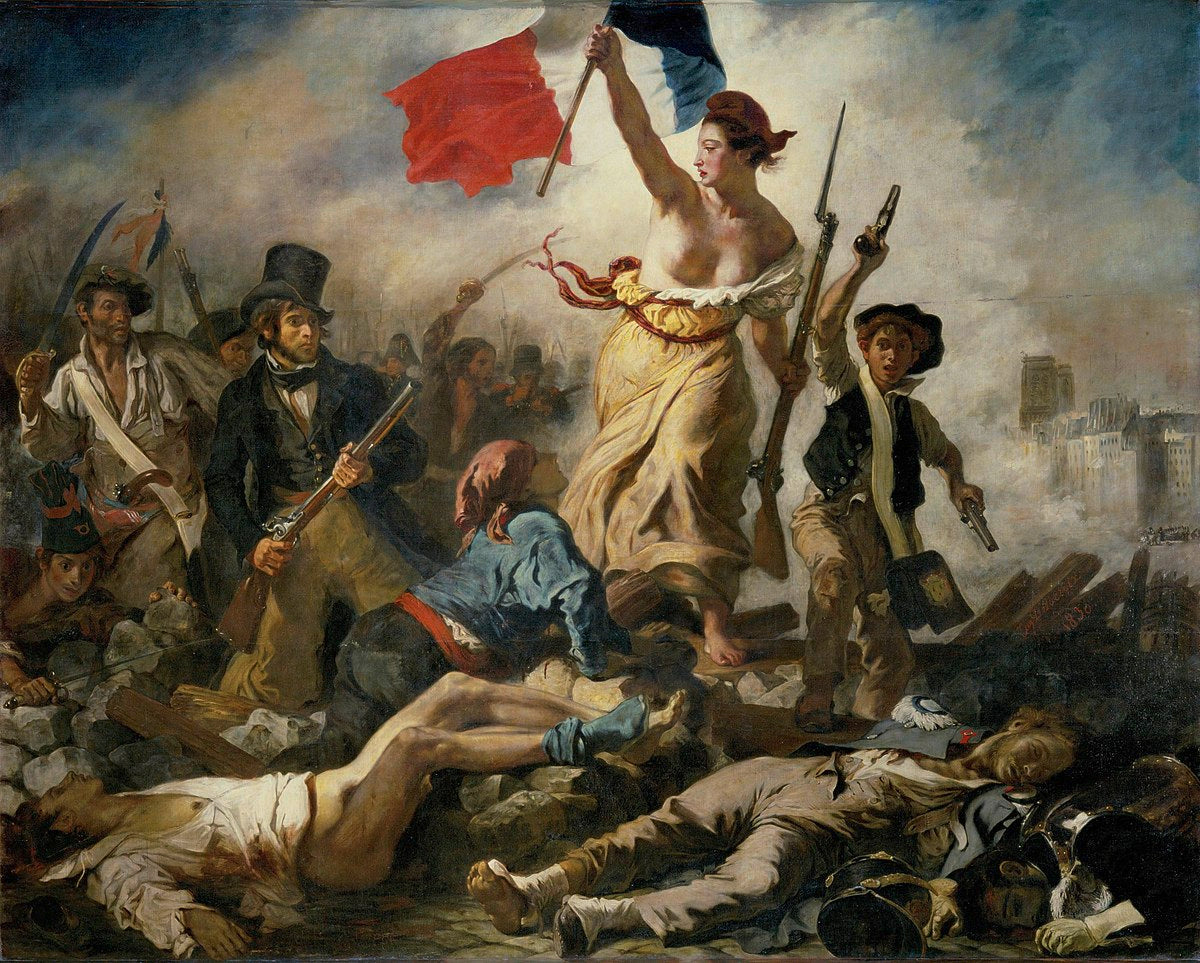
What are the characteristics of the Romanticism movement?
The Romanticism movement is characterized by a series of distinctive features that permeate different forms of artistic expression. While these characteristics may vary somewhat by area, here are some key elements of Romanticism:- Subjectivity: The Romantics emphasized the subjectivity and interiority of the individual. They seek to express emotions, personal feelings and states of mind through their works, transmitting a particular vision of the world.
- Imagination and fantasy: Imagination plays a central role in Romanticism. Romantic artists explored the world of fantasy, the supernatural and the irrational. They sought to create works that transcend everyday reality and transport the viewer or reader to imaginary worlds.
- Valuing nature: Nature was an important source of inspiration for the Romantics. They saw nature as a refuge from industrialization and urban life, and represented it as majestic, sublime and powerful. The natural landscape often played a symbolic role in romantic works, reflecting the characters' state of mind or conveying an emotional message.
- Idealization of the past: Romantics tended to idealize the past, especially medieval and folklore times. They saw the past as an era of authenticity, heroism and freedom, in contrast to modern society and its restrictions. This idealization of the past was evident in both literature and the visual arts.
- Individualism and rebellion: Romanticism valued the individual and their unique expression. Romantic artists often rebelled against social conventions and sought creative freedom. They opposed established norms, challenging authority and exploring themes such as rebellion, loneliness and alienation.
- Intense emotion: Emotion played a central role in romantic works. The artists sought to awaken intense feelings in spectators or readers, such as love, passion, sadness, melancholy and terror. Emotional expression has been considered a fundamental element of the human experience.
- Nationalism: Romanticism was marked by a strong feeling of nationalism. Artists sought to express the identity and unique characteristics of their nations, celebrating their history, culture and folklore. This nationalist element was present both in literature and in the visual and musical arts.
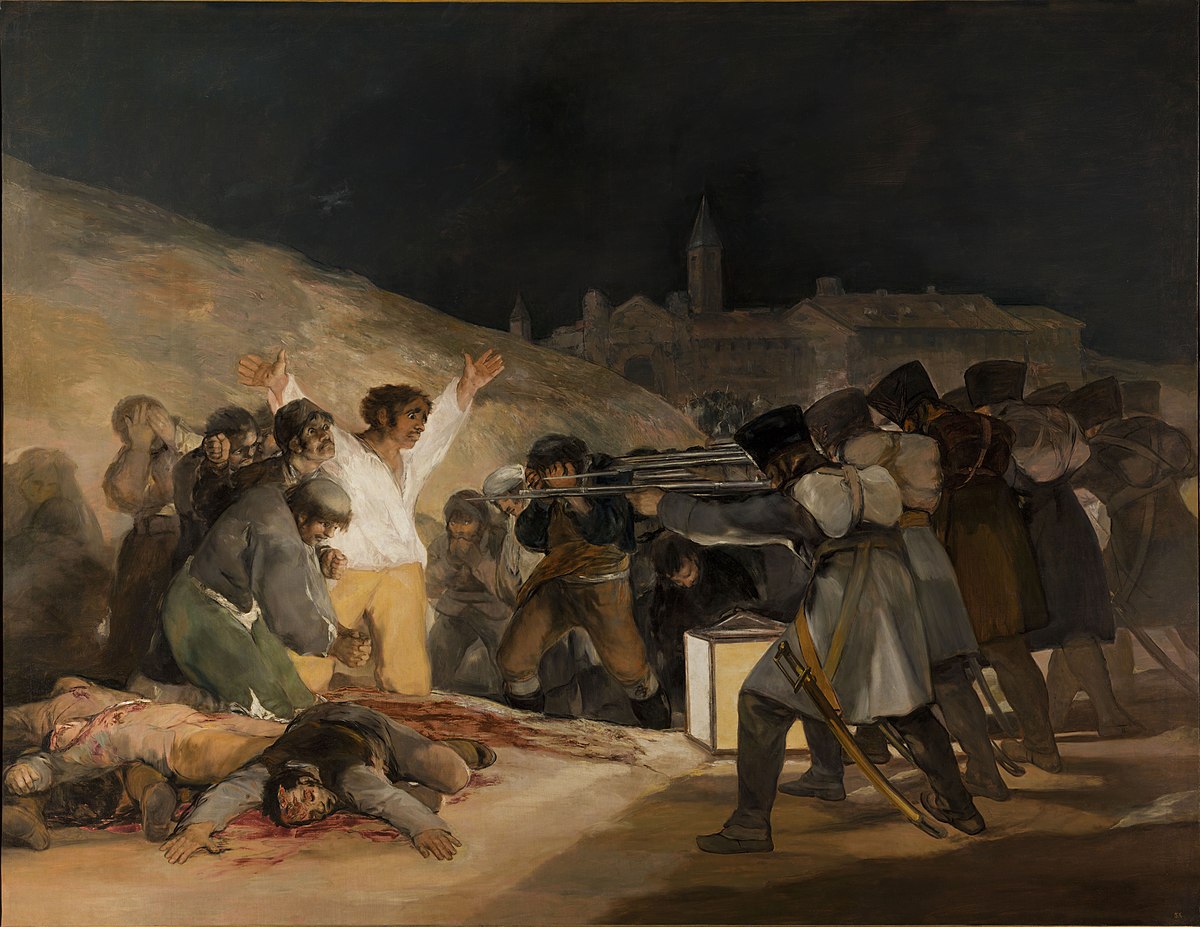
What were the influences of the Romanticism movement?
The Romanticism movement was influenced by a series of factors and currents of thought. Here are some of the main influences that contributed to the development of Romanticism:- Enlightenment: Although Romanticism was a reaction to the Enlightenment, the movement was also influenced by Enlightenment ideas. The Enlightenment emphasized reason, logic, and scientific progress, which provided the intellectual basis for questioning and the search for more subjective and emotional expression.
- Industrial Revolution: The Industrial Revolution brought profound social, economic and cultural changes, leading to the emergence of the Romanticism movement. The contrast between rural life and increasing industrialization inspired the Romantics to seek a connection with nature and to reject the alienation of the individual in industrial society.
- German philosophy: German philosophy, especially the works of philosophers such as Immanuel Kant, Johann Gottfried Herder, and Friedrich Schiller, significantly influenced the Romanticism movement. These philosophers explored ideas related to subjectivity, the importance of feeling and intuition, the role of nature, and the search for cultural identity.
- Pre-romantic literature: Pre-romantic literary works and their themes, such as nature, the supernatural, imagination and feeling, influenced romantic writers. Authors such as William Shakespeare, Johann Wolfgang von Goethe, Friedrich Schiller and the Brothers Grimm contributed to the development of a romantic aesthetic.
- Nationalism and cultural identity: The Romanticism movement coincided with a period of increasing nationalism, in which European nations sought to reaffirm their cultural identity. The Romantics embraced and celebrated folk traditions, legends, and national stories, helping to shape Romantic nationalism.
- Political and social revolutions: The political and social revolutions of the late 18th and early 19th centuries, such as the French Revolution and the Napoleonic Wars, had a significant impact on the development of Romanticism. These turbulent events stimulated feelings of individualism, rebellion and idealism, which were reflected in the works of Romantic artists. These influences and currents of thought contributed to the formation of the Romanticism movement, providing the historical, philosophical and cultural context in which romantic artists developed their works. Romanticism, in turn, had a lasting impact on subsequent generations of artists, influencing later artistic movements and shaping the way we perceive art and individual expression.
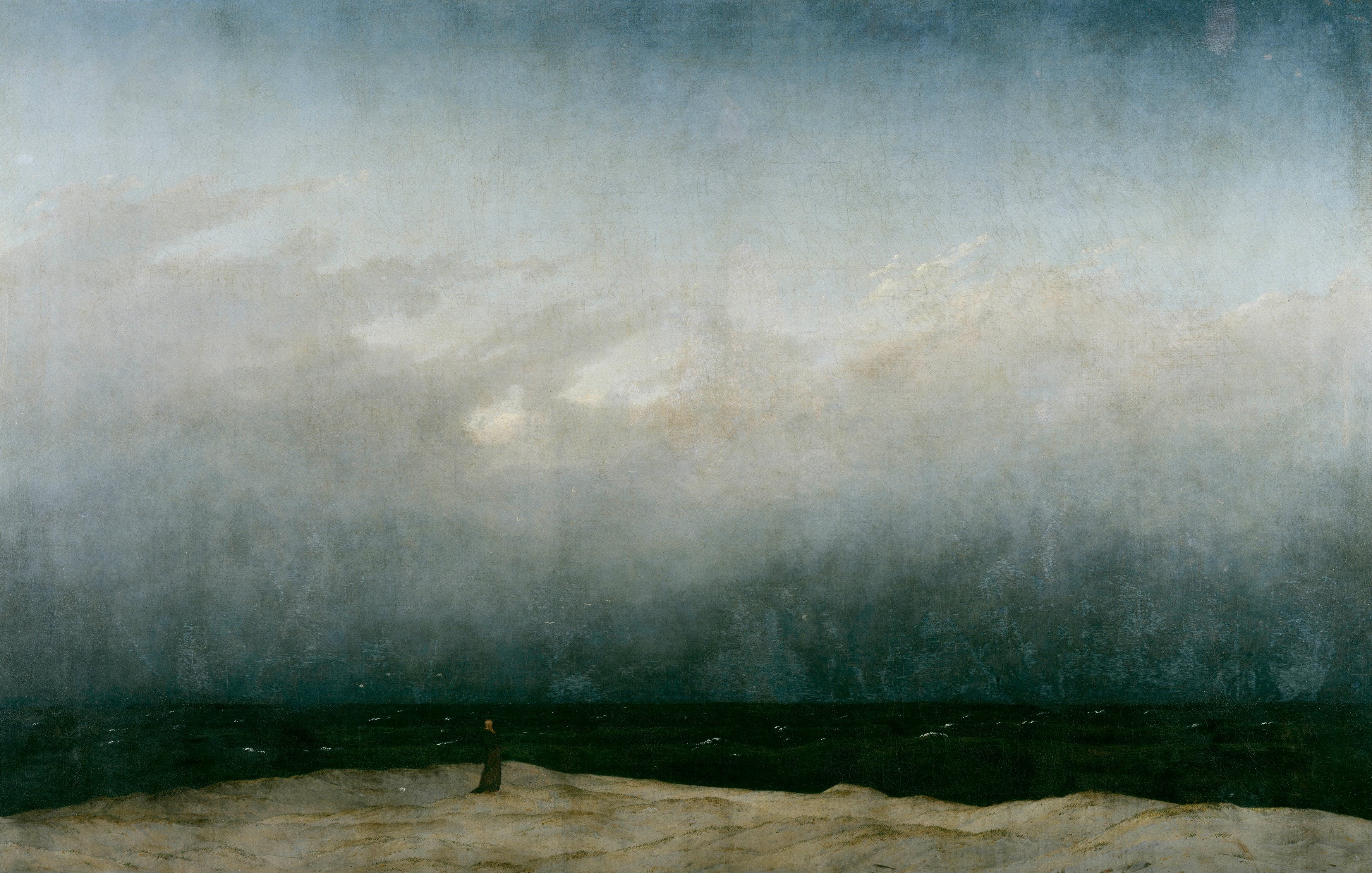
Who are the most famous artists of the romanticism movement?
The Romanticism movement encompassed a wide range of forms of artistic expression, including literature, music, painting, and sculpture. Here are some of the most famous artists associated with the Romanticism movement in each area:Literature:
- Johann Wolfgang von Goethe (1749-1832): German author known for his masterpiece "Faust" and his lyrical poetry.
- Victor Hugo (1802-1885): French writer famous for novels such as "Les Miserables" and "The Hunchback of Notre-Dame."
- William Wordsworth (1770-1850): English poet considered one of the key figures of English romanticism, known for his poems about nature and rural life.
- Lord Byron (1788-1824): British poet known for his romantic style and extravagant life. The poem "Don Juan" is one of his best-known works.
- Edgar Allan Poe (1809-1849): American writer known for his horror and mystery short stories and poems, such as "The Raven" and "The Fall of the House of Usher".
- Ludwig van Beethoven (1770-1827): German composer who marked the transition from Classicism to Romanticism in music. His symphonies, such as the Ninth Symphony, are considered masterpieces of the period.
- Franz Schubert (1797-1828): Austrian composer known for his songs (Lieder), in addition to his symphonies.
- Frédéric Chopin (1810-1849): Polish pianist and composer famous for his piano pieces.
- Richard Wagner (1813-1883): German composer known for his grandiose operas, such as "The Ring of the Nibelung" and "Tristan and Isolde".
- Caspar David Friedrich (1774-1840): German painter who stood out for his melancholic and evocative landscapes, often portraying solitary figures facing the vastness of nature.
- Eugène Delacroix (1798-1863): French painter who explored historical, literary and exotic themes, characterized by his vibrant and dramatic technique.
- William Turner (1775-1851): English painter known for his seascapes and atmospherics, with a style characterized by expressive brushstrokes and intense use of light and color. These are just a few examples of renowned artists associated with the Romanticism movement. It is important to note that many other artists and writers also contributed significantly to this fascinating period in art history.
- "Faust" by Johann Wolfgang von Goethe: One of the most significant works of Romanticism, which tells the story of Faust, a man who makes a pact with the devil in search of knowledge and pleasure.
- "Les Misérables" by Victor Hugo: An epic novel that portrays the lives of characters Jean Valjean, Fantine, Javert and others, as they explore themes of justice, redemption and love.
- "Frankenstein" by Mary Shelley: A seminal work of the Gothic genre, which tells the story of scientist Victor Frankenstein and his monstrous creation.
- "Pride and Prejudice" by Jane Austen: A period romance that examines issues of social class, marriage and prejudice, with memorable characters such as Elizabeth Bennet and Mr. Darcy.
- Symphony No. 9 in D minor, Op. 125 "Choral" by Ludwig van Beethoven: A monumental symphony that includes the famous final chorus with the Ode to Joy, a hymn to fraternity and humanity.
- Fantasy in C minor, Op. 80 "Choral" by Ludwig van Beethoven: A work for piano, orchestra and choir that presents variations on themes from different folk songs.
- Nocturnes by Frédéric Chopin: A collection of piano compositions that capture the romantic spirit through lyrical melodies and melancholic atmospheres.
- Lieder by Franz Schubert: An extensive collection of songs for voice and piano, they express a variety of emotions and romantic themes, such as love, nature and melancholy.
- "Liberty Leading the People" by Eugène Delacroix: An iconic painting that represents the personification of Freedom leading the people during the French Revolution.
- "The Painting of the Heart" by Caspar David Friedrich: A work that presents a solitary figure with its back, contemplating a mountain landscape, symbolizing the inner search and connection with nature.
- The Raft of the Medusa by Théodore Géricault: A huge painting that became a symbol of the struggle of the weakest against privileges, depicting a shipwreck event that actually happened and that awakened French public opinion in the first half of the 19th century. These are just some of the most famous and influential works of the Romanticism movement. There are many other notable creations spanning a variety of genres and artistic styles, all contributing to the richness and diversity of this historical period.
- Individualism: Romanticism emphasized the value of the individual and freedom of personal expression. Romantic artists sought to break with established conventions and norms, exploring their subjectivity and creating works that reflected their own emotions and worldviews. This individualism and recognition of the individual's autonomy are central values for liberal ideology.
- Freedom of expression: The Romantics valued freedom of artistic expression and sought authenticity and originality in their works. They challenged society's restrictions and demanded the right to express themselves freely, including through social and political criticism. Freedom of expression is a fundamental principle of liberalism.
- Valuing self and emotions: Romanticism emphasized the importance of emotions and individual subjectivity. The Romantics believed that truth and beauty could be found in emotions and personal experience. This appreciation of self and individual authenticity resonates with the liberal emphasis on individual freedom and the pursuit of happiness and personal fulfillment.
- Criticism of traditional structures: Romanticism often expressed a critical view of traditional structures in society, such as aristocracy, monarchical absolutism, and the rigidity of social conventions. The romantics questioned these structures and defended equal opportunities and meritocracy, values that are also aligned with liberal ideology. However, it is important to highlight that Romanticism can also be associated with other ideologies and currents of thought, such as nationalism, conservatism or even socialism in some cases. The Romanticism movement encompassed a wide range of artistic perspectives and approaches, and its relationship to liberalism can vary depending on the historical and cultural context.
Music:
Painting and Sculpture:
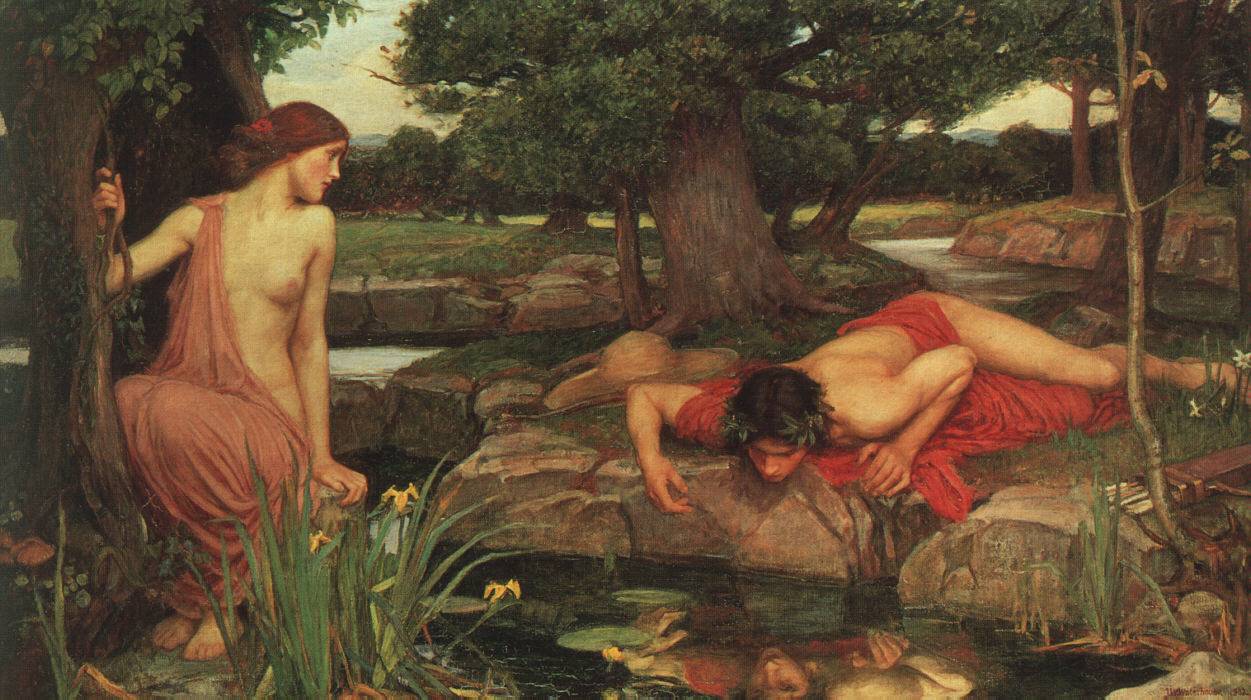
What are the most famous works?
The Romanticism movement produced a wide range of notable and influential works in various artistic areas. Here are some of the most famous and iconic works associated with the Romanticism movement:Literature:
Music:
Painting and Sculpture:
